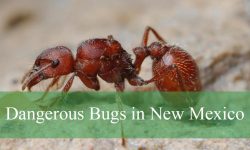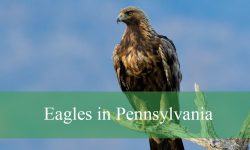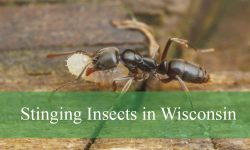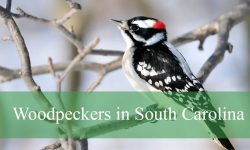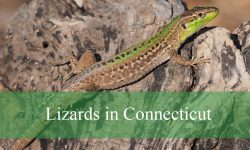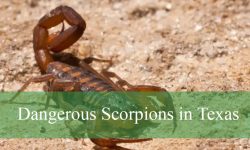Tennessee hosts a diverse array of bird species, each contributing uniquely to the state’s rich wildlife. Among these, vultures stand out for their crucial ecological role.
These scavengers help maintain a healthy environment by consuming carrion, effectively preventing the spread of disease and aiding in nutrient recycling. Their presence is vital for ecosystem balance.
In Tennessee, two vulture species are most commonly observed: the Turkey Vulture (Cathartes aura) and the Black Vulture (Coragyps atratus). This guide offers detailed information on how to identify them, their habitats, behaviors, and tips for observing them in the wild.
Turkey Vulture (Cathartes aura)
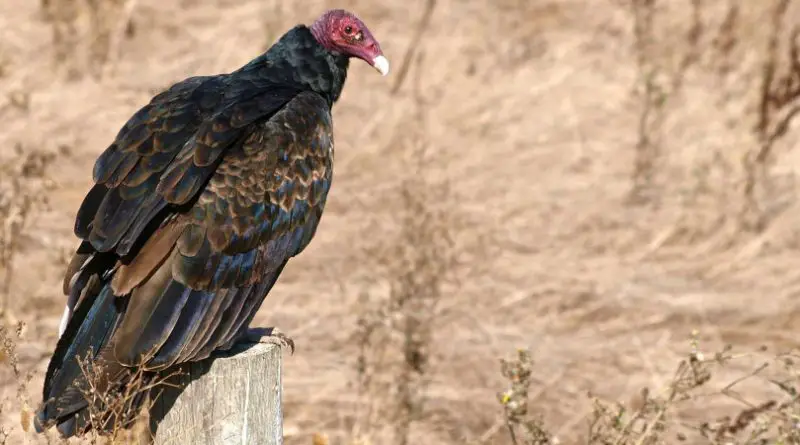
Identification
The Turkey Vulture is a large bird with broad wings, measuring approximately 1.8 to 2.1 meters in wingspan and weighing between 1.8 to 2.3 kilograms. Its plumage is dark brown to black, and it has a distinctive red, featherless head. In flight, the Turkey Vulture holds its wings in a slight “V” shape, known as a dihedral, which is characteristic of this species.
The tail is long and slightly rounded, and their wings show a two-toned pattern, with lighter flight feathers contrasting with darker primary feathers. Turkey Vultures are often seen soaring gracefully, riding thermals with minimal wing flapping.
Habitat and Distribution
Turkey Vultures are widely distributed across Tennessee. They are commonly seen in open areas such as roadsides, fields, farmlands, and even suburban areas. These birds prefer roosting in tall trees, dead snags, or on structures like communication towers. They are adaptable and can thrive in both rural and semi-urban environments.
While they are year-round residents in Tennessee, their population may fluctuate seasonally as some individuals migrate short distances during colder months to find food.
Diet and Feeding Behavior
Turkey Vultures are scavengers that feed primarily on carrion. They have an exceptional sense of smell, which allows them to detect decaying animals from considerable distances, a rare trait among birds. They usually feed alone or in small groups but can gather in larger numbers when a significant food source is available.
These vultures help prevent the spread of disease by consuming carcasses that might otherwise harbor harmful bacteria or viruses.
Behavior and Social Habits
Turkey Vultures are known for their teetering flight, often tilting side to side as they soar. They are generally social at roosting sites, where multiple individuals may gather. When threatened, they may regurgitate semi-digested food to deter predators. Additionally, like many vultures, they defecate on their legs, which helps cool their body through evaporation.
Tips for Observation
To spot Turkey Vultures in Tennessee, look for them soaring in open skies, particularly near rivers, fields, or highways. Areas such as the banks of the Tennessee River and large open farmlands provide excellent vantage points. Early morning and late afternoon are the best times to observe their soaring behavior.
Black Vulture (Coragyps atratus)
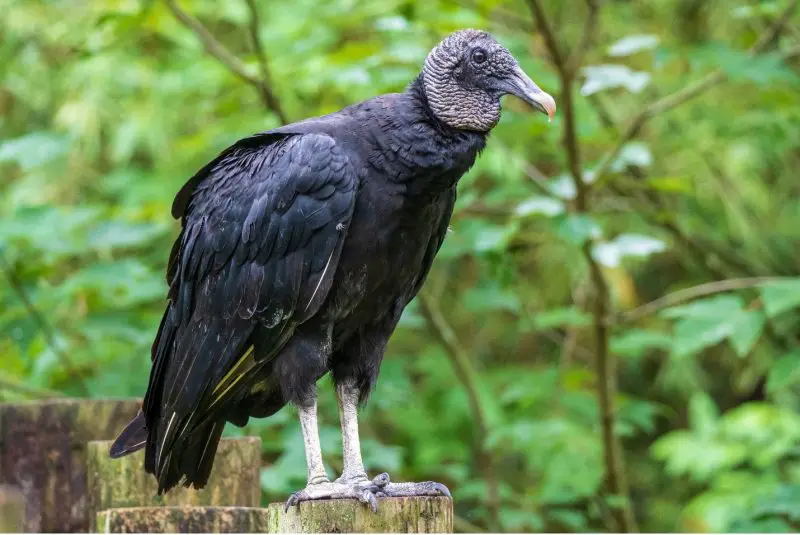
Identification
The Black Vulture is slightly smaller than the Turkey Vulture, with a wingspan ranging from 1.5 to 1.7 meters and a weight between 1.6 to 2 kilograms. Its plumage is black with a grayish-black, featherless head. In flight, it shows distinctive white patches at the tips of its wings, which differentiate it from the Turkey Vulture.
Black Vultures have a short, squared tail and a more robust body. They are powerful fliers but tend to flap more frequently than Turkey Vultures. Their dark coloration and shorter tail make them appear less buoyant during soaring.
Habitat and Distribution
Black Vultures are found throughout Tennessee, though they are more common at low elevations and in Middle and West Tennessee, especially during the winter months. They prefer open areas, agricultural lands, and forest edges but are highly adaptable and may roost on buildings, bridges, and towers in urban or suburban areas.
These vultures often roost in groups, which can range from a few birds to several dozen, making them easy to identify when perched together.
Diet and Feeding Behavior
Like Turkey Vultures, Black Vultures are scavengers that feed primarily on carrion. They also occasionally eat eggs, small reptiles, and other available food sources. Unlike Turkey Vultures, they rely more on sight than smell to locate food and often follow Turkey Vultures to carcasses to take advantage of their superior olfactory abilities.
Black Vultures are known to be aggressive around food sources and may drive away Turkey Vultures from a carcass.
Behavior and Social Habits
Black Vultures are highly social and often seen in large groups, both while flying and at roosts. Their aggressive and cooperative feeding behavior allows them to dominate food sources. Similar to Turkey Vultures, they use urohidrosis—defecating on their legs to cool their body—and may regurgitate as a defensive behavior.
Tips for Observation
The best way to observe Black Vultures in Tennessee is by looking for groups perched on large trees, towers, or fences near open fields. They are frequently seen soaring in thermals alongside Turkey Vultures, especially in the warmer parts of the day. Observing them during winter can provide a unique opportunity to see larger congregations.
Differences Between Turkey Vultures and Black Vultures
Understanding the differences between these two species can help with identification:
-
Size and Shape: Turkey Vultures are larger with longer tails and wings in a “V” shape. Black Vultures are smaller with squared tails and frequent wing flaps.
-
Head Color: Turkey Vultures have red, featherless heads, while Black Vultures have grayish-black heads.
-
Flight Pattern: Turkey Vultures soar gracefully with minimal flapping; Black Vultures flap more and appear less buoyant.
-
Feeding Strategy: Turkey Vultures rely on smell to find food; Black Vultures rely more on sight and often follow other vultures.
Importance of Vultures in Tennessee Ecosystems
Both Turkey Vultures and Black Vultures are critical to maintaining healthy ecosystems. By consuming carrion, they prevent the spread of diseases that could affect humans, livestock, and other wildlife. Their scavenging behavior accelerates decomposition and recycles nutrients back into the soil, supporting plant growth and overall ecosystem health.
Despite their somewhat intimidating appearance, these vultures pose no significant threat to humans. They avoid confrontation and serve a vital environmental role.
Observing Vultures in Tennessee
To increase your chances of seeing vultures:
-
Visit Open Areas: Fields, farmlands, and riverbanks are ideal.
-
Watch the Skies: Look for soaring birds with a “V” shaped wing posture.
-
Early or Late in the Day: Morning and late afternoon are optimal for observing soaring behavior.
-
Check Roosting Sites: Tall trees, towers, and bridge structures often host large groups.
-
Bring Binoculars or a Camera: Both species can be observed from a distance without disturbing them.
Popular observation sites include Percy Priest Lake, the Tennessee River banks, and large open agricultural fields across Middle and West Tennessee.
FAQs About Vultures in Tennessee
What are the main vulture species in Tennessee?
The two main species are the Turkey Vulture (Cathartes aura) and the Black Vulture (Coragyps atratus).
Are vultures dangerous to humans?
No, vultures are scavengers and pose little to no threat. They avoid humans and only defend themselves if handled.
When is the best time to see vultures soaring?
Early morning and late afternoon are ideal times, as they use thermal currents for soaring.
How can I differentiate Turkey Vultures from Black Vultures?
Key differences include head color, flight pattern, size, and wing markings. Turkey Vultures have red heads and “V” shaped wings, while Black Vultures have grayish-black heads and white wing tips.
Where do vultures typically roost in Tennessee?
They roost in tall trees, dead snags, communication towers, and occasionally bridges or buildings.

